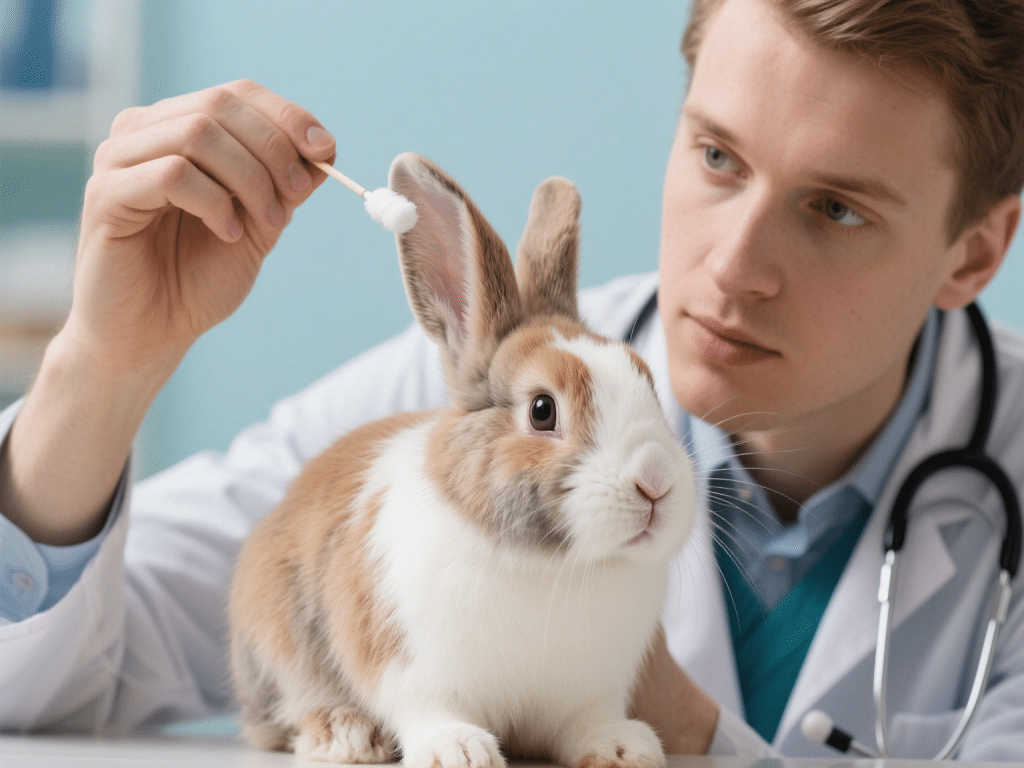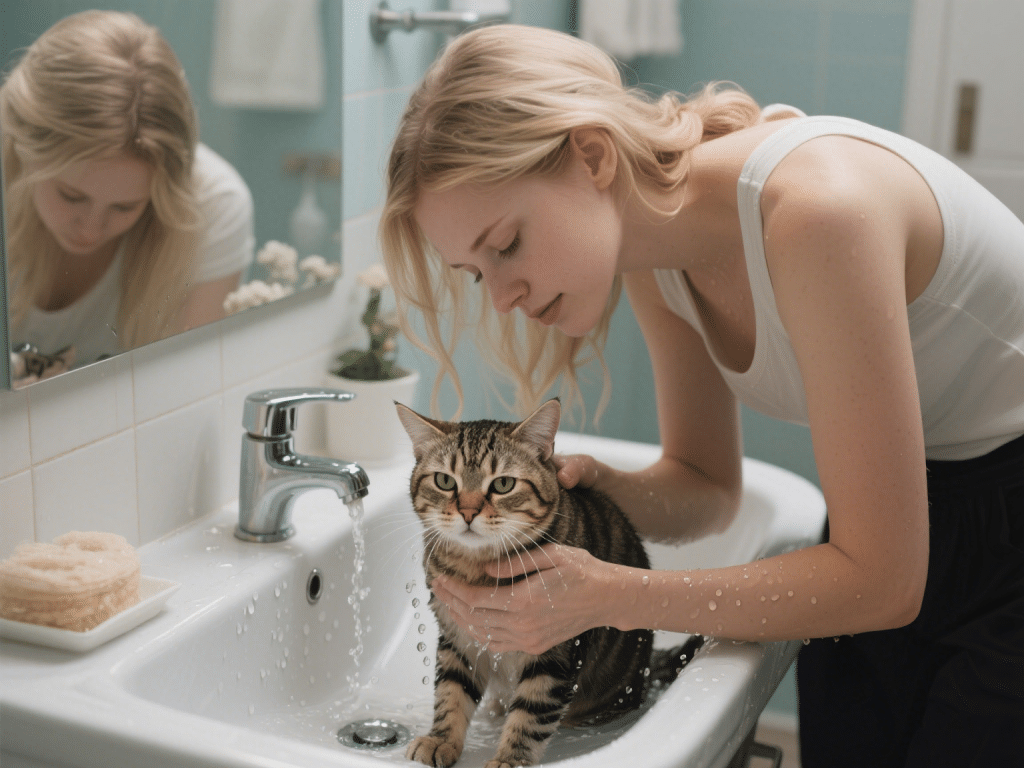Cat Hydration Hacks: Encouraging Your Cat to Drink More Water
Introduction
Cats are naturally low-thirst animals, descended from desert-dwelling ancestors. However, insufficient water intake can lead to urinary tract issues, kidney stones, and chronic kidney disease. Encouraging proper hydration is critical for overall feline health. This guide provides practical strategies to help your cat drink more water.
Understanding Feline Hydration Needs
Natural Behavior: Cats prefer running water and may avoid stagnant bowls.
Health Risks: Dehydration increases the risk of feline lower urinary tract disease (FLUTD) and exacerbates kidney problems, especially in seniors.
Daily Requirement: Aim for 60–80 ml of water per kilogram of body weight per day, combining wet food moisture and actual drinking.
Strategies to Encourage Drinking
1. Invest in a Cat Water Fountain
Flowing Water Appeal: Mimics running streams; entices many cats to drink.
Filtration: Provides fresh, oxygenated water, reducing bacterial growth.
Maintenance: Clean and replace filters weekly to prevent mold and odor buildup.
2. Use Multiple Water Stations
Location Variety: Place bowls in quiet, low-traffic areas where the cat feels safe to drink.
Different Styles: Offer ceramic, stainless steel, and glass bowls to identify preferences.
Separate from Food: Some cats avoid water next to their food; experiment with placement.
3. Offer Wet Food Regularly
High Moisture Content: Canned or pouched wet food contains 70–80% moisture, supplementing water intake.
Mix with Broth: Add low-sodium chicken or fish broth to dry kibble to entice drinking and eating.
Rotate Flavors: Variety prevents boredom and encourages consistent eating and hydration.
4. Flavorful Additives
Bone Broth: Unsalted, homemade bone broth adds flavor and nutrients.
Tuna Juice: A small amount of tuna water can encourage some cats, but feed sparingly due to high sodium.
Catnip-Infused Ice Cubes: Freeze catnip leaves in water; place cubes in the bowl for novelty.
5. Temperature and Bowl Material
Cool Water: Many cats prefer slightly cool water, especially in warm weather.
Wide and Shallow Bowls: Cats dislike whisker fatigue; choose bowls with ample surface area.
Avoid Plastic: Plastic can retain odors and encourage bacteria growth; opt for stainless steel or ceramic.
Monitoring Hydration Status
Check Skin Turgor: Gently pinch scruff—if skin snaps back slowly, the cat may be dehydrated.
Wet Food Intake: Track wet food consumption; a decrease may signal reluctance or illness.
Urine Output: Monitor litter box volume and frequency; small, concentrated urine indicates low intake.
Signs of Dehydration or Urinary Issues
Lethargy: Less energy, reluctance to play.
Loss of Appetite: May accompany discomfort and dehydration.
Straining to Urinate: Indicates urinary tract inflammation; seek veterinary care immediately.
Conclusion
Improving your cat’s hydration requires understanding feline preferences and offering multiple appealing options. By providing running water, high-moisture foods, and varied bowl choices, you’ll promote healthy kidneys and prevent urinary issues. Regular monitoring and timely veterinary consultation ensure your cat stays well-hydrated and vibrant.






Comments on "Cat Hydration Hacks: Encouraging Your Cat to Drink More Water" :